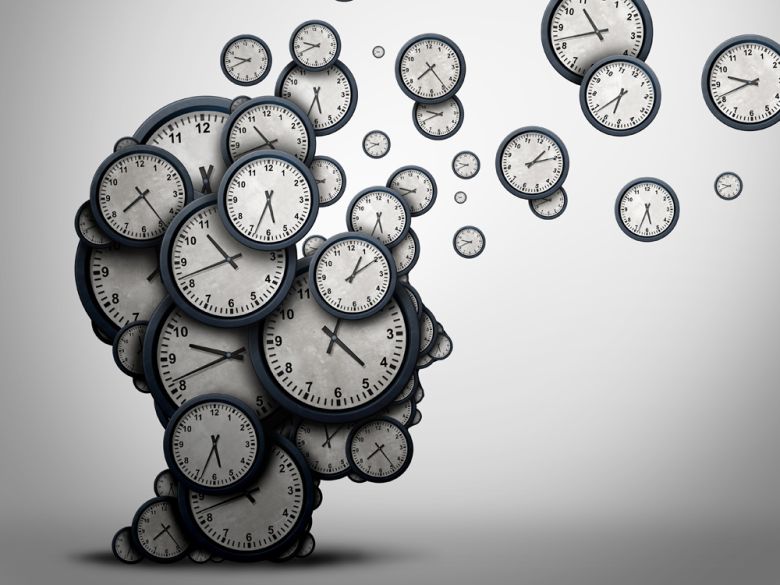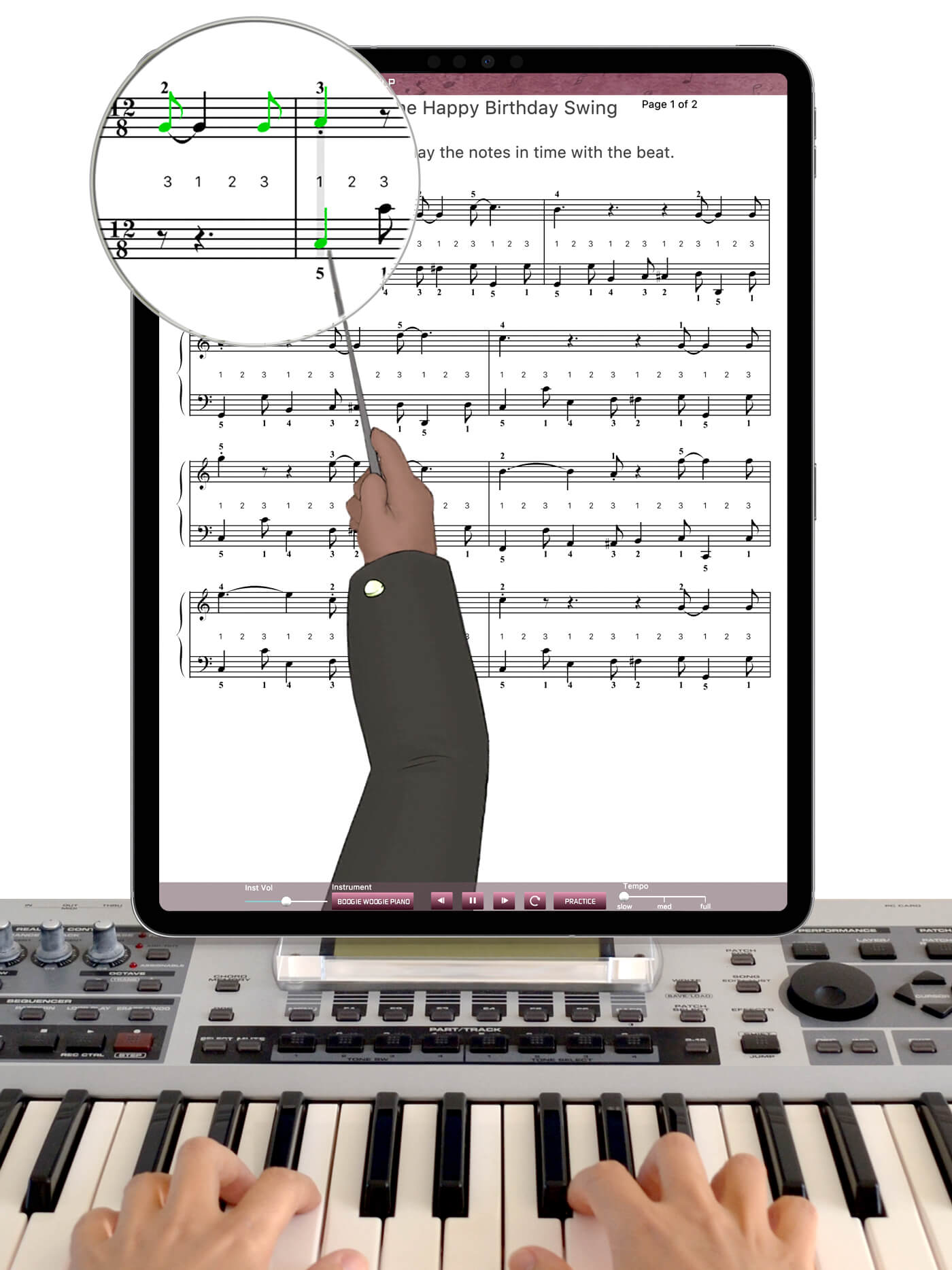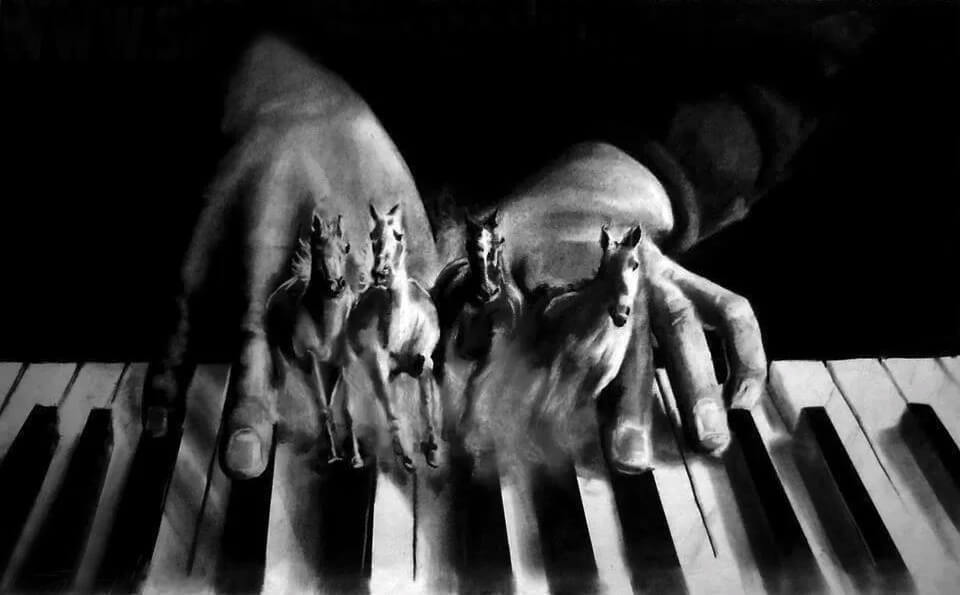
The Top 12 Piano Practice Tips
In this article, you'll learn the 12 most common mistakes students make when practicing piano and our top tips to easily correct them.
If you want to make your piano practice more
then this page is for you.
Read on my young Padawan.

Adults and kids lead busy lives... consequently it’s easy to make the mistake of not prioritizing piano practice (by making it a secondary priority relative to other committments).
We all go through periods where we struggle to find time to practice but once you begin to really enjoy playing piano, practice time becomes something to look forward to.
Our Tip: Try to allocate a certain time (or times) each day when practice is part of your routine (much like brushing your teeth).
Additionally, learning piano with an app like Musiah may help you stick to your practice routine because it's like having your piano teacher sitting next to every step of the way.
So it's less like practice time and more like a perpetual piano lesson – which is great because you are continually guided and supported, which helps keep you on task and progressing at the optimal pace for you.
Setting the keyboard up in a back room you rarely go into, or worse, putting the keyboard away in a cupboard with the intention of getting around to practice one day soon is not the way to encourage the habit of practice in your home.
Instead, set the keyboard up in a prominent position such as the living room or dining room, where it is easily accessible and where the mere sight of it will serve as a reminder to do your practice.

Much like pruning hedges, little and often is the key. Even professional musicians who practice 6-8 hours per day do not remain at the piano / keyboard for more than 40 minutes in any one sitting.
They take regular breaks and come back to different aspects of their practice for each relatively short session.
For most piano students, a reasonable amount of practice is around 30 minutes per day, and for adults, doing this in one sitting may work.
For some students, especially kids, 1-2 short sessions of 10-15 minutes per day is usually much more effective.
Whatever your circumstances, the rough guide is to only practice (in any one sitting) for as long as you can before you start to become mentally tired.
It may be fun to play through songs or chords you are already familiar with, but what are you really learning?
Many students get excited when they feel like they have just made some progress in their piano practice, and so they continue to play what they just learned rather than make the effort to learn something new and uncertain.
This is often followed by boredom and discouragement.
Make it your goal to try something new during each practice session to keep things interesting.
Having made the above point that just playing through material you already know and can play easily can be a ‘cop-out’ that is not really piano practice, the opposite is just as common for some students.
It may surprise you to know that many students, once they have learned a piece, are disinclined to ever play / practice it again, instead preferring to always push ahead to the next new piece.
This addiction to completing lessons / levels is, for some students, part of the appeal of Musiah online piano lessons.
But it can lead to a scenario where students are unable to play anything for family / friends / visitors because the student has not yet finished the piece they are currently learning, and they have forgotten much of the pieces they have learned recently because they have not made a point of going over them occasionally to maintain a repertoire of say 5 songs they can play upon demand.
So there is a balance to be reached here.
At least once a week, allocate some time for ‘refreshing’ your memory by revising some of the pieces you have already learned – not so you can get out of practicing / learning something new, but for the specific purpose of maintaining a repertoire that will enable you to share what you have learned with others.

In Musiah online piano lessons, all the fingering you will ever need is printed on the sheet music, and it is there for a reason.
There are many benefits to playing with the correct fingers, one of which is; by deciding upon a set sequence of fingering for each piece, and using that fingering consistently, you are calling upon your muscle memory to help you learn and perform each piece with stability.
In other words, in addition to the mental learning in a song (e.g. the sequence of notes), there is also a physical learning whereby we learn the physical shape of the movements required to play they piece comfortably and reliably.
If you are inconsistent with your fingering, you will be much less secure and confident when playing in front of others.
There are also plenty of other reasons for using the prescribed fingers. Trust me when I say, it’s a mistake not to use the correct / prescribed fingers.
When playing a piece, many students make the mistake of starting off too fast (because they have mastered the beginning of the song) and then they have to slow down when they get to a difficult section in the middle.
Varying the tempo for this reason, really highlights the sections where you have not yet fully mastered the piece, and should therefore be avoided at all costs.
Whenever you are about to play a piece through from beginning to end, look through the sheet music and find the most difficult section.
Now visualize yourself playing that difficult section. Hear it in your head and take note of the tempo.
The tempo at which you are able to comfortably play that tricky section is the tempo at which you should start the piece — that way you will maintain once consistent tempo throughout the piece.

Most students always start from the beginning of a song. The problem with this is that students tend to become very good at playing the beginning of a piece, but tend to be less proficient as the piece goes on.
Granted, Musiah’s lessons will usually take you through each piece in a methodical fashion from start to finish. But when practicing on your own (e.g. in the Practice Area within the Musiah app), for variety, why not try practicing the last line of the piece first.
Then when you are able to comfortably play the last line, try the last two lines. And so on, gradually working your way back to the beginning of the song.
By targeting the later or ‘weak’ sections within the piece in this way, your practice sessions will become much more efficient, and will promote a much more consistent level of proficiency throughout each piece.
Let’s say there’s a section in a piece that is currently tripping you up, so you decide to practice it on your own (e.g. within the Practice Area of the Musiah app).
The thing to remember is the faster you try to play it, the longer it will take to learn, and you’ll probably have to unlearn mistakes along the way too.
So go SLOW. Give yourself a chance to take a mental note of each note, event or phrase within the given section.
When you have it clear in your head at a slow tempo, then you can gradually try increasing the tempo.

As much as possible, try not to look down at your hands, especially while you are still learning a piece.
The reason for this is when students look at their hands a lot, they tend to learn the piece with mistakes, e.g. making up small parts of the piece, or playing it by ear (incorrectly) because the piece has not yet been learned / memorized and the student is not looking at the sheet music. So mistakes are bound to occur.
If you struggle with this, try asking a family member to hold a book just above your hands, so you cannot look down at your hands. This effectively forces you to look at the sheet music.
Now don’t get me wrong; it’s fine to occasionally look down at your hands, especially after the piece has been learned, but when looking down, there is a way of doing it correctly.
When you look down at your hands, try not to move / lower your head to look at your hands, because if you do, when you look back up at the sheet music, the fact that your head has moved makes it much harder to find where you are up to on the sheet music.
Instead, when looking down at your hands, try not to move your head. Rather, just look down your nose at your hands only moving your eyes. Then when you look back up at the sheet music (only moving your eyes – not your head), it is much easier to find your place on the sheet music.
Learn more here: Should I Look Down At My Hands While Playing Piano?
The basic practice method ofcounting out loud shouldn't be ignored — even by advanced students.
Counting out loud, especially during slow practice during the early stages of learning a piece, is a very effective way to develop your sense of rhythm.
Plus, by linking your voice and your hands, this technique often helps you to master the coordination between the two hands as well as the timing of the piece.
Learn more here: Do You Have To Count Out Loud When Practicing Piano?

There are always exceptions, but as a general principle, practicing each hand separately all the way to the end before trying the two hands together is not the most efficient way to learn a piece, particularly if you are practicing for short sessions of 10-15 minutes.
Instead it is much more effective to take a small segment of 1-2 bars, and within that segment play the Left Hand 3-5 times until you can play it comfortably.
Then play the Right Hand (just within the current segment of the piece) 3-5 times until you can play it comfortably.
Then play Both Hands slowly 3-5 times until you can play the segment comfortably before advancing to the next segment.
To summarize this method of practice/learning: Do 1-2 bars; LH 5 times, RH 5 times, BH 5 times.
Explore the benefits of this approach: A System For Learning Piano Pieces Fast
-------------------------------
Well, there you have it folks — the 12 most common mistakes students make when practicing piano and our top tips to correct them.
I hope you have find these tips and tricks helpful.
If you (dear reader) would like to experience great piano lessons in the comfort of your own home when it suits you — with lots of tips and tricks like those above, I warmly invite you to take our 14 Day Free Trial.
Brendan Hogan L.Mus.A, A.Mus.A.
Piano Teacher & Musiah Inventor
Online Piano lessons – Do They Work?
Piano Lessons For Adults
Piano Lessons For Kids
Piano Lessons For Beginners
Advanced Piano Lessons
Free Piano Lessons (on piano technique)
The Best Piano Method
The Best Piano Learning App
Learning To Play Piano As An Adult – Why it's easier than you think!